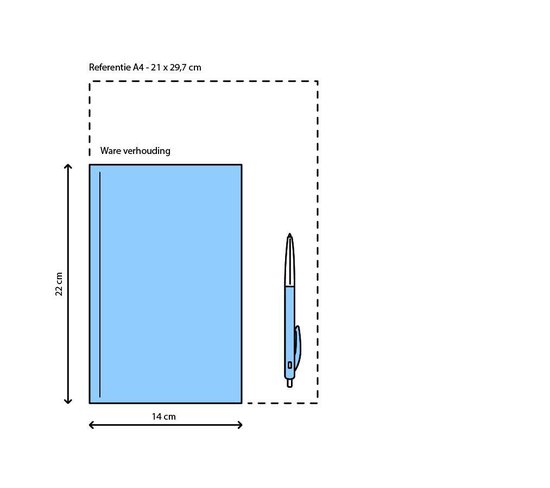Nl Holdem Tournament Strategy

(This article is a follow up to 'Bubble Tournament Strategy')
Nl Holdem Tournament Strategy Poker
Below, you will find a list of tips that will be of immense value to all NL Holdem players who are just getting started with their career. No Limit Holdem Tip #1 – Playing tight and aggressive is good Texas Holdem Tournament Strategy. Most online grinders adopt a tight aggressive playing style because it works. Late Stages Strategy for Poker Tournaments (This article is a follow up to ' Bubble Tournament Strategy ' ) The late stages of a tournament begins when the money bubble bursts, and ends when players reach the final table (or final few tables, if it is a really large tournament). Texas Hold'em No Limit (NL) Strategy Although there are different formats of Texas Hold’em, Texas Hold’em No Limit is by far the most popular. This is because you can bet any amount at any time. As a result, you are always at risking of losing every single chip you have – or doubling up.

Poker Tournament Strategy
The late stages of a tournament begins when the money bubble bursts, and ends when players reach the final table (or final few tables, if it is a really large tournament). Your play during this stage of the tournament should change drastically, as you have now made the money and have the opportunity to climb in the payouts.

Nl Holdem Tournament Strategy
During the late stages, blinds will be placing immense pressure on almost everyone's stack, save for the chip leader. Once again, the most important factor in determining your correct style of play is your stack size, so we have written guides for playing the late stages with a short stack, an average stack, and a large stack.
Nl Hold'em Turbo Tournament Strategy
You can finally see the finish line, so make sure to follow the strategies below to reach the final table and win a huge pay day:
Playing the Short Stack in the Late Stages
At this stage in the game the short stack is actually the simplest stack to play, because you only have two moves: all-in or fold. A short stack is any stack that only has ten or less big blinds. You can only last one or two rounds without making a play, so you need to be on the lookout for opportunities every single hand.
Although you only have two plays, you can use them in strategic ways to build your chip stack. When you are in late position, you should be pushing all-in whenever the table folds to you in order to steal the blinds. Also, if a couple players limp in you can try a squeeze play by raising all-in with the hopes that everyone folds. And it goes without saying that you are pushing all-in with any pocket pair or any two face cards, regardless of position.
If you are in the small blind and everyone folds to you, you should be going all-in the majority of the time because the big blind is very likely to fold. By stealing in late position, occasionally squeezing, and stealing from the small blind, you can pad your stack and build back up to an average-sized stack.
Playing the Average Stack in the Late Stages
Playing an average stack during the late stages of a tournament is a lot more difficult than playing an average stack at the start of a tournament, because the enormous blinds and antes will place far more pressure on your stack. Players with an average stack can steal, re-steal, and squeeze, but should avoid going all-in from the small blind, as you don't need to do that yet. In addition, average stacks should look to get all-in preflop in favorable situations.
Playing coin flips against smaller stacks is a good opportunity to build your stack. Short stacks will push all-in with marginal hands, so you can make calls with a wide variety of hands and still be ahead. If a short stack pushes all in, feel free to call them down with any pocket pair, or any two big cards. You will almost always either be ahead or be in a coin flip situation, so it is a profitable move overall.
Playing the Big Stack in the Late Stages
Big stacks should follow a similar strategy to the middle stacks during the late stages: steal from late position, re-steal occasionally, squeeze when it is appropriate, and call all-ins when you think you are ahead. However, with a big chip stack you can do all of those things, but more aggressively.
Depending on how badly you need a big pay day, you can vary your aggression. If you want to go for the win and can afford to place outside of the final table, go with a super aggressive approach and try to become the overall chip leader of the tournament. If you really need a final table finish and don't want to take a risk, you can take a more passive approach that will guarantee you a nice score.
Regardless of your approach, you should never be limping in as the big stack - either fold or raise. If you are going to call another player's all-in, make sure that you can comfortably afford to lose the hand. If the other player has big chip stack you better have a solid hand, because you are basically gambling with your tournament life.
Now that you know how to play the late stages, learn how to play the final table.
More General Poker Tournament Strategy:
No-limit hold'em tournaments not only challenge players to discover the best ways to play particular hands, they also require them constantly to keep in mind the broader perspective imposed by the tournament format. In other words, while it's great to have a solid understanding of NLHE fundamentals, in tournaments you always also have to remain aware of the constantly changing contexts for individual hands.
Popular Twitch streamer Evan 'Gripsed' Jarvis identifies three key ingredients that he believes can help you maintain a dynamic strategy to maximize your expectation in poker tournaments no matter what the situation.

Those three ingredients are:
- Look at the big picture
- Know how to play various stack sizes
- Understand the effects of the payout structure
In the video below, Jarvis explores each of these three ingredients in more detail.
Under the heading of looking at the big picture, he explains how even the best players only cash a small percentage of tournaments, making the deep run (and big cash) an important goal upon which to focus. Meanwhile knowing how to play various stack sizes represents a skill that distinguishes tournaments (somewhat) from cash games — especially deep-stacked games — since stacks are changing so frequently in tournaments. Finally, understanding payout structures can have a big effect on how much risk you take on in the effort to make that deep run and finish in the highest-paying spots.
Take a look:
With the 2016 World Series of Poker getting underway this week, Jarvis will be back at the Rio All-Suite Hotel and Casino where among other goals he'll try to tie Ronnie Bardah's record by cashing in a fifth-straight WSOP Main Event.
To mark the start of the series, Jarvis is hosting a couple of free webinars this weekend along with fellow poker pro and coach Nicholas Verkaik.

The first, titled 'How to Win Consistently at the WSOP,' happens Saturday, June 4 at 1:00 p.m. ET and will cover planning for the series, maximizing expectations, deciding when and where to play, managing your time, energy, and emotions, and more. The second follows on Sunday, June 5 at 1:00 p.m. ET, covers 'How to Sell Action & Play More Events,' and will discuss the process of selling action, putting together packages, finding investors, record-keeping tips, among other related topics.
You can find out more about the free webinars at Gripsed Poker.
Want to stay atop all the latest in the poker world? If so, make sure to get PokerNews updates on your social media outlets. Follow us on Twitter and find us on both Facebook and Google+!
Tags
tournament strategyno-limit hold’emWSOPEvan JarvisRelated Tournaments
World Series of PokerRelated Players
Evan Jarvis